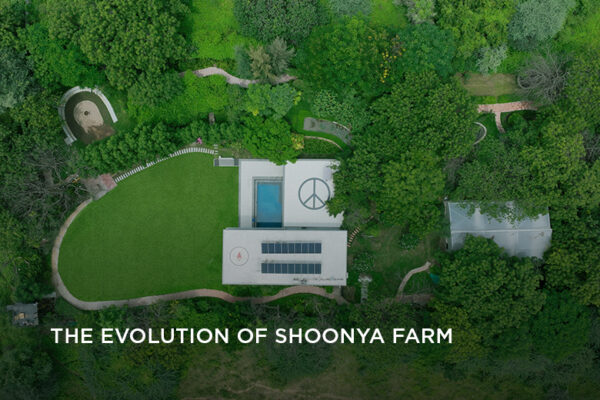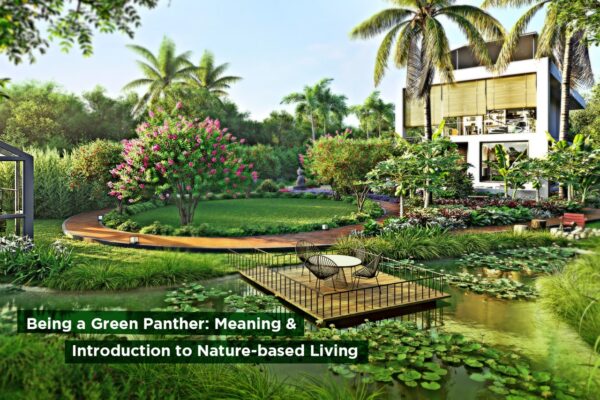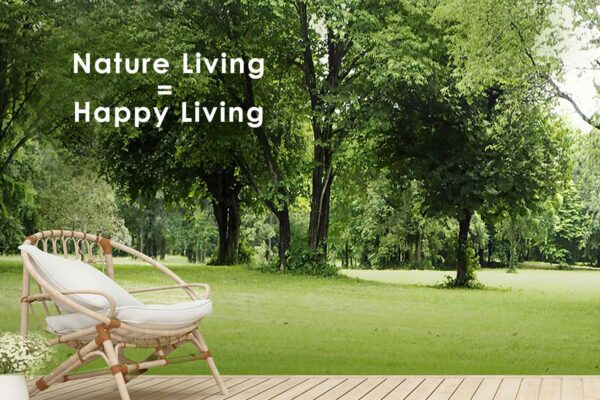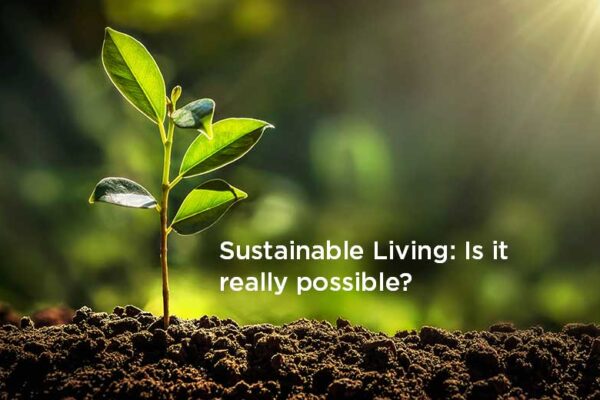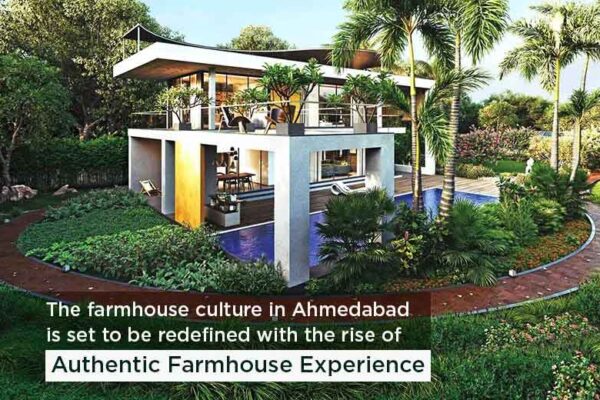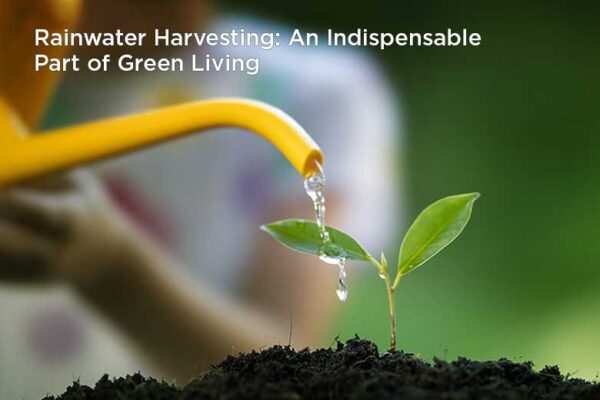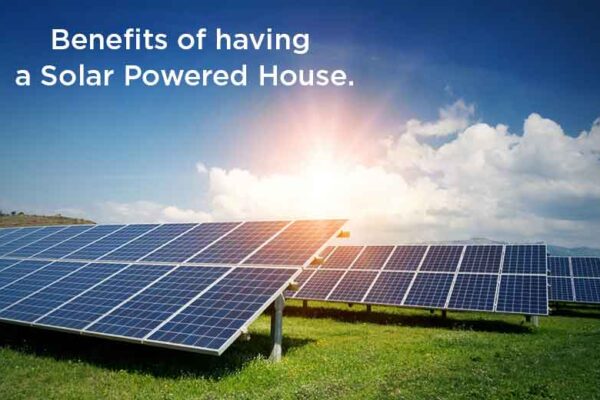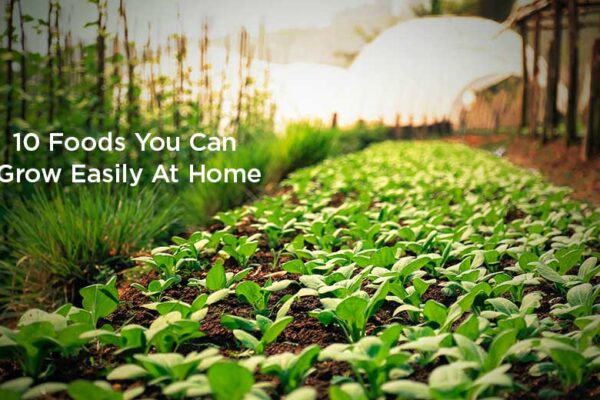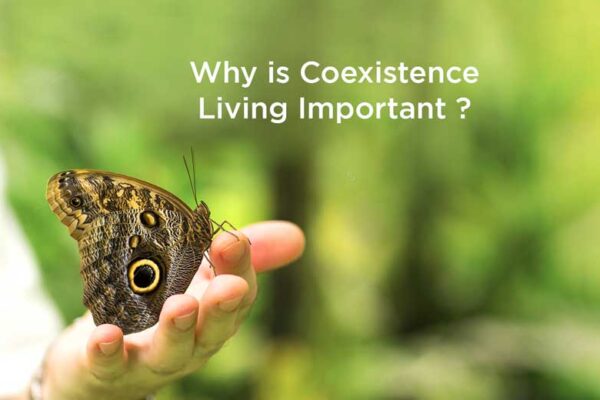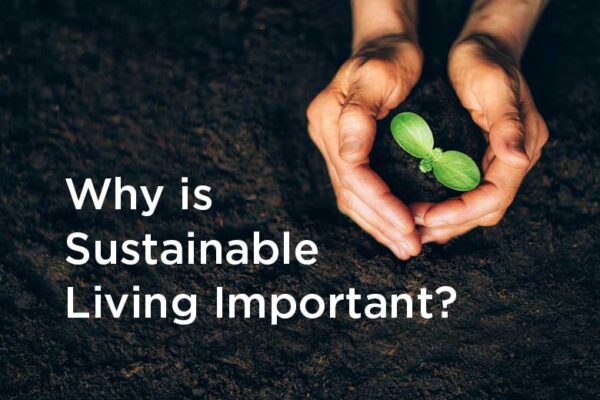The Elements That Truly Make Your Community Sustainable
Integrated from the planning and development stage, these 7 elements are non-negotiable in fostering sustainable living and building a truly sustainable home.
If you’re wondering whether a solar panel installed on roof counts as sustainable living, you’re only partially right. Although solar panels do help in reducing the adverse impact of human life on the environment, they represent just one aspect. In reality, the picture of sustainable living is much bigger.
What truly makes a home sustainable is its commitment to all of Earth’s precious elements. In these homes, sustainable living is the standard norm as their inherent design and structure are purposefully planned to be eco-conscious.
While solar and water are important, the inclusion of the following elements is what makes your home truly sustainable:
1. Earth (Land)
Our recent blog discussed how urban homes value land as an investment asset rather than a valuable, renewable resource. On the contrary, a truly sustainable home makes the most of the land upon which it is built. Instead of discarding it as a passive asset, sustainable homes maintain the health and quality of the soil (Earth) right from the stages of inception.
A truly sustainable home uses the land to develop various infrastructure that adds to the sustainability of the project like dense vegetation, organic farms, and even Sustainable Drainage Systems (SUDs). For instance: GPP ONE, our eco nature living villa project near Ahmedabad, has provisions for poly-net organic farming available to each villa.
Another important aspect is reduced household waste. Sustainable homes recycle the waste into organic compost to maintain the soil’s nutritious value.
In this way, a truly sustainable home borrows from the land, gives it back, and continues the cycle without any harm to either party.
2. Water
Rainwater is our primary source of freshwater. It’s what fills our lakes, rivers, and ponds with the elixir of life. But one important aspect that’s often overlooked is the groundwater levels.
A household depends on groundwater reserves for its domestic water needs. So, it’s only natural to extract its reserves. But a truly sustainable home ensures that it’s a 2-way exchange. By employing rainwater harvesting, of course. But these homes also enlist nature’s help in other forms.
To recharge the groundwater levels, these sustainable homes make room for natural lakes and ponds. These water bodies not only improve the groundwater reserves but also foster an aquatic ecosystem to enhance sustainable living.
Sustainable homes are also equipped with SUDs that prevent the fresh rainwater from mixing with the wastewater and recycle it for various uses. For instance: Our weekend villa project near Ahmedabad conserves rainwater via Swales in addition to natural water bodies.
(For further reading: Water Problems in Urban Life – How Sustainable Development Can Make A Difference)
3. Air
No home can sustain life without energy. But the process of powering homes and life has put the environment in danger. To be more specific, carbon emission from household energy consumption is gradually making the air we breathe poisonous. In an alarming state of affairs, the per capita CO2 emission in India climbed to 1.9 metric tons in 2021 as compared to 0.39 metric tons in 1970.
A truly sustainable home is strategically designed to reduce the adverse impact of household energy consumption on our precious air. These households replace fossil fuel-generated electricity with renewable sources to meet their energy needs.
To add to that, these homes have a higher green-to-grey ratio to supplement sustainable living. Even at the construction stage, these homes employ materials that cause minimal air pollution. For instance: GPP ONE maintains a green-to-grey of 9:1 for purified air, and the community is 100% powered by solar energy.
4. Architecture
The fundamental characteristic of sustainable architecture is the use of recyclable raw materials and minimal wastage during the construction phase. But beyond that, overall site sustainability also plays an important role.
A truly sustainable home ensures optimum energy efficiency, waste management, and rainwater management via renewable resources and sustainable infrastructure such as SuDS. With an innovative structural design, these homes also ensure a superior indoor environment by regulating the temperature naturally.
Landscaping is another important factor that determines the flow of rainwater in and around the property and its temperature. A larger ratio of trees, shrubs, and plants not only helps with groundwater recharge but also fosters a balanced micro-climate for sustainable living.
For instance: At Shoonya Farm, our inspiration farmhouse near Ahmedabad, the nature villa has glass walls instead of concrete walls for increased natural light during the day time. The nightlife at the farm is totally powered by solar energy.
5. Energy
Earlier, we discussed how household energy consumption puts the environment at risk. A truly sustainable home addresses and solves this problem by turning to renewable energy sources.
Instead of a traditional electricity grid, these sustainable homes are powered with electricity generated by renewable sources. Due to their easy accessibility and application, solar panels have emerged to be the most popular solution for sustainable living.
But the energy aspect isn’t just about replacing the source of energy. It also includes energy conservation. These homes are inherently designed in a way to consume less energy.
For instance: Our weekend villa project near Ahmedabad supplies high-pressured water to each villa using only solar-generated energy and the principle of gravity.
6. Food
“What’s wrong with the food we usually eat?” Surprisingly, the food that we usually eat poses threats to both us humans and the environment.
Year after year, the usage of chemical fertilizer has been increasing worldwide in a bid to grow multiple crops faster on the same piece of agricultural land. Beyond that, synthetic chemical pesticides have seen a surge of more than 57% in their application in the last 30 years alone. While chemical fertilizers strip the soil of vital nutrients, pesticides cause about 385 million cases of poisoning annually.
A truly sustainable home is self-reliant and compassionate in its production of food. That is not to say that growing your own food is the only way out. Adopting a locavore lifestyle, where you buy locally grown organic edibles from the farmer’s market, is also a firm step forward in enabling sustainable living.
At GPP ONE, our eco-nature living villa project near Ahmedabad, each villa has a provision for an independent poly-net house where they can grow their own food organically.
7. People
When the dust settles, a home is only as sustainable as the people occupying its shelter. The community is perhaps the most vital element of them all. After all, the efficiency of the rest of the factors largely depends on the intention, passion, and readiness of the people to adopt sustainable living.
A concrete house cannot harness the Sun’s energy if not for its residents installing a solar panel. Rainwater will flow straight into the sewers if not for the man-made percolation wells.
A community’s motivation is what drives sustainability efforts. Also, these communities hold the potential to influence society at large into accepting the eco-conscious way of living.
The end result is a truly sustainable home sheltering people and the environment that enables life on our planet.
At our first eco-nature living villa project near Ahmedabad, we’re building a limited number of villas to ensure an optimum density of human and natural life. It’s a community where like-minded eco-warriors can share and protect the natural space in tandem.
Every Single Element Is An Equally Important Pillar
Just as a table requires all of its legs to be of equal length, a truly sustainable home requires all of these elements to be in harmony with each other. Although separate, all of these elements are inherently interconnected. And a fluctuation in any one can disrupt the cycle of sustainable living.
For instance, the amount and quality of organic food grown is an indication of soil health as well as water consumption. Similarly, the quantity of rainwater harvested and groundwater recharged will dictate the state of flora and air quality. The actions of the community will have a direct impact on the entire ecosystem, including air quality, water levels, food quality, and so on.
On an individual level, a sustainable home seems like a distant dream. But from a collective viewpoint, it is the next step in human habitation. When employed on a larger scale, these elements can not only magnify the sustainability efforts but also optimize the costs associated with them.
Ultimately, it can develop into a sustainable community where the people, planet, and profits co-exist in a self-reliant life zone.



